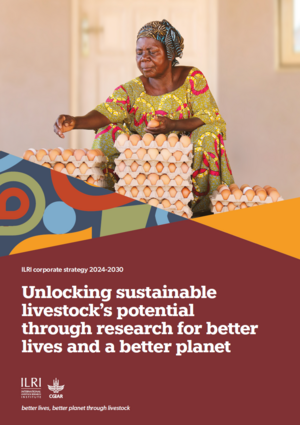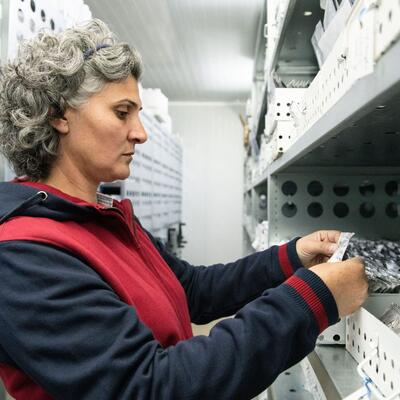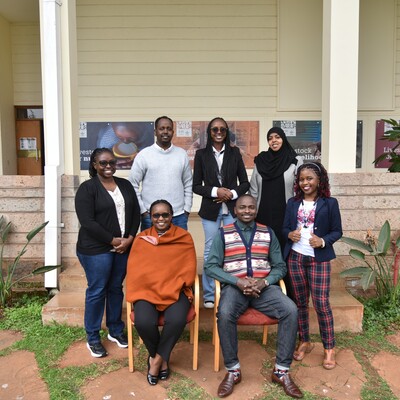ILRI research contributes to the CGIAR impact area on Environmental health and biodiversity.
Agriculture is the biggest driver of forest and biodiversity loss, including of diversity crucial to healthy diets and nutrition. A third of the world’s soils are degraded, and agriculture accounts for about 70% of global freshwater withdrawals. A healthy natural environment and biodiversity are critical for the long-term sustainability of food systems, and human health.
Browse research initiatives that contribute to this impact area.





























